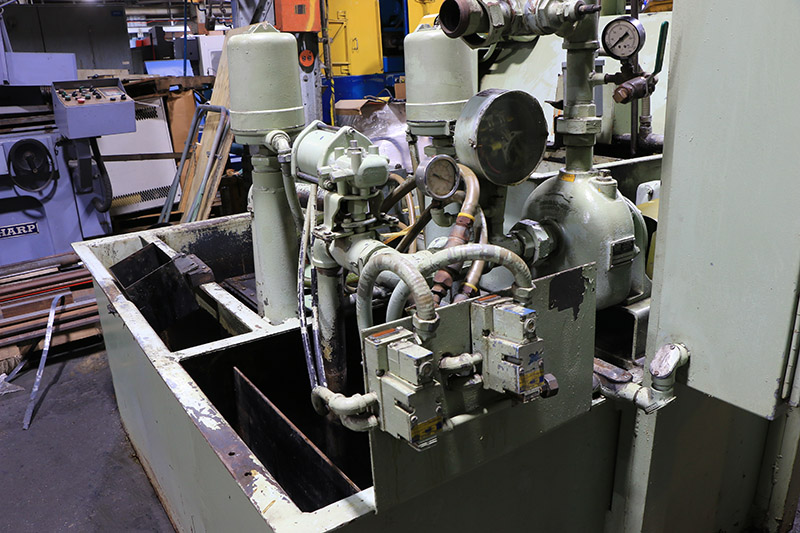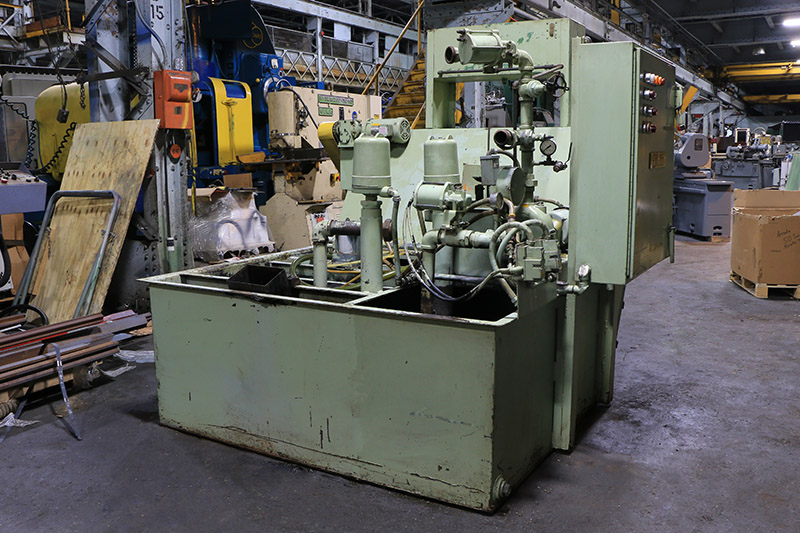
The National Weather Service has no official tornado record prior to 1950, and other sources for early tornadoes do not list every tornado that has occurred. These tornadoes, of which there are about one hundred, will need to be the subjects of further research, most likely by combing through local newspapers.Īnother challenge is coming up with a complete database. In some cases, the various sources disagreed so strongly with each other that a good faith effort to plot the tornado in question was impossible.

Those sources were compared with each other to verify tornado data.

To achieve this goal, several different sources of information were used. One significant goal of this project is to develop the most accurate, reliable, and useful tornado database ever developed for southern Indiana and central Kentucky. Are there any mini "Tornado Alleys" in this area.or in your county? How strong was that tornado that took the roof from your barn back in '67? We can uncover their habits, such as their preferred direction of travel, time of year for formation, typical strength, and myriad other data through careful historical study. Through such a collection of past tornadoes we can learn their patterns and behaviors. Simply put, the tornado is one of the planet's most dynamic and unforgettable weather events.Īs such, it is fitting that these astonishing whirlwinds be catalogued and their history preserved. Tornado stories are handed down through generations of families. Lives are forever changed, and sometimes ended, by tornadoes.

Tornadoes are meteorological monsters that have a powerful effect on anything that stands in their way. Project Description The Tornadoes of Central Kentucky and Southern Indiana


 0 kommentar(er)
0 kommentar(er)
